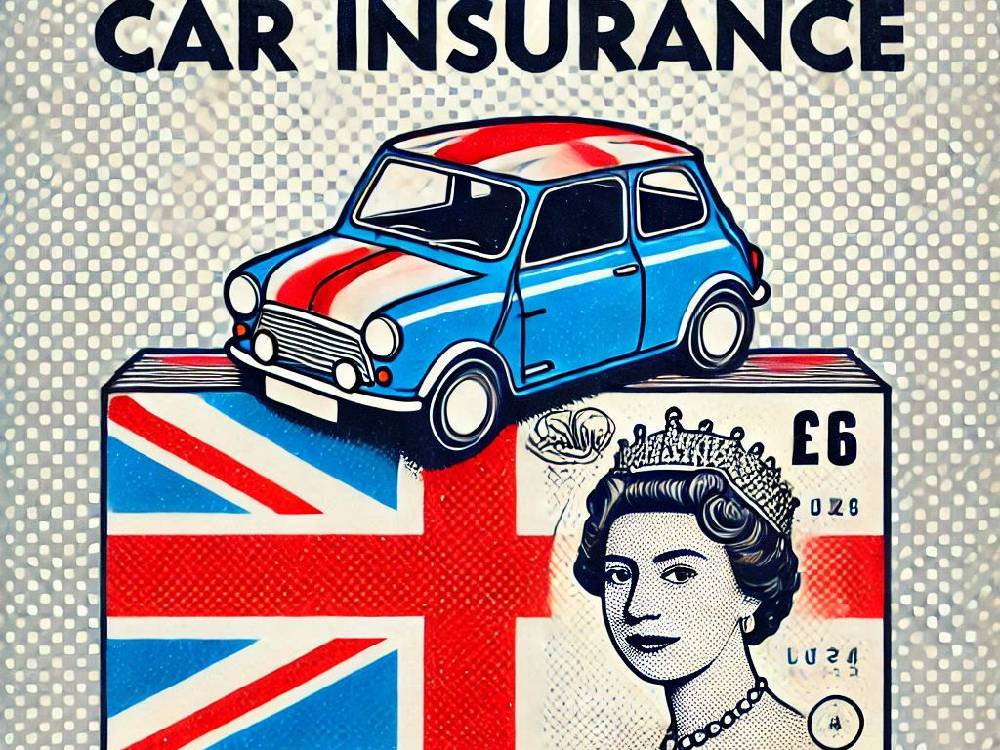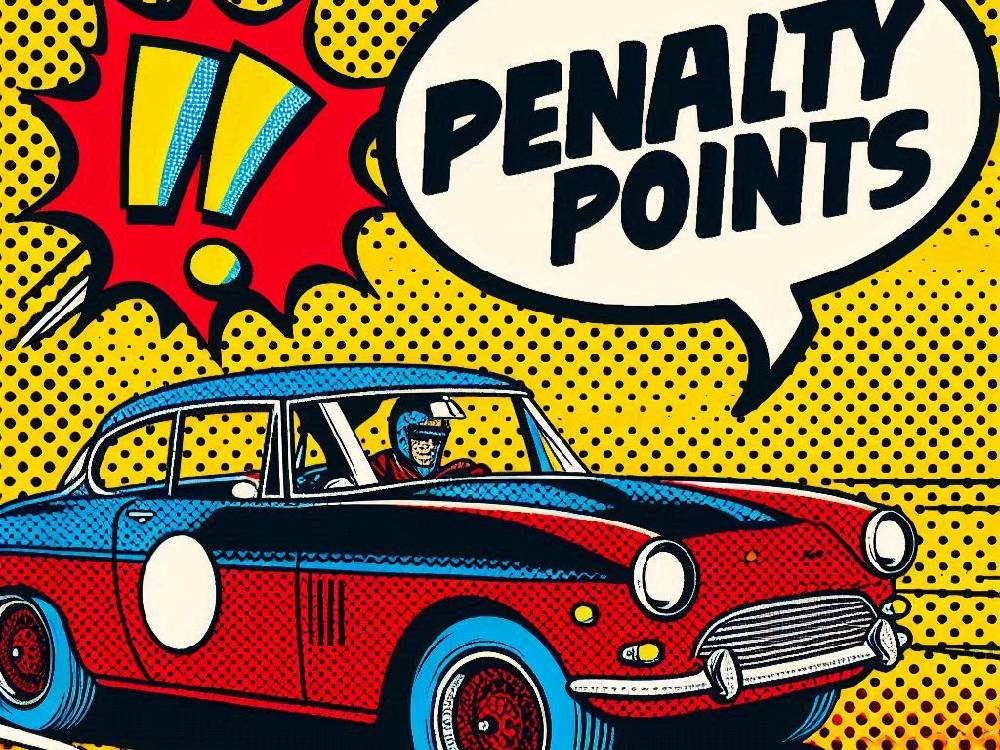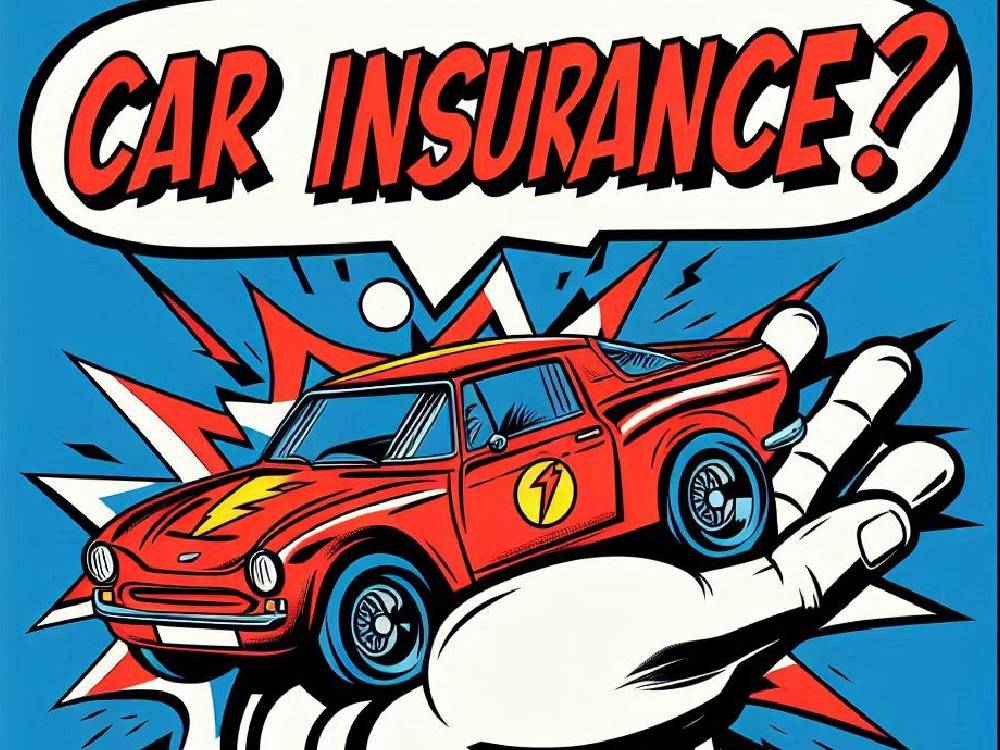Introduction
Drivers over the age of 70 face a landscape of changes.
This could significantly impact their driving freedoms and responsibilities.
From potential alterations in licence renewal processes to adjustments in vehicle taxation.
Staying ahead of these changes is not just about compliance.
It’s about ensuring continued independence and safety on the roads.
But here’s the kicker:
Here’s what you need to know:
- Upcoming changes in driving licence renewals.
- Increased frequency and rigour of driving assessments.
- Significant hikes in car taxes for older vehicles.
- Introduction of mandatory health assessments.
- Adjustments in insurance premiums.
- New fit-to-drive tests as alternatives to prosecution.
Licence Renewal Changes For Drivers Over 70
Right now, drivers who turn 70 must renew their driving licence every three years without a test.
But that could soon change.
Here’s why:
The Department of Transport is considering proposals that would increase the scrutiny involved in these renewals.
Furthermore, this might include medical checks or even driving assessments.
Consequently, aiming to ensure that as drivers age, they remain capable of driving safely.
Drivers Over 70 May Face Driving Assessments
There’s growing pressure to introduce more regular and thorough driving assessments for older motorists.
Did you know?
Statistics indicate that older drivers are less likely to be involved in speed-related accidents.
However, their involvement in crashes due to poor observation is notably higher—38% greater than that of younger drivers.
Moreover, the Older Drivers Forum has been advocating for regular reviews.
Additionally, these reviews could help prevent these types of accidents.
This could lead to a safer driving environment for everyone.
Car Tax Changes
April 2025 is set to bring a sharp increase in Vehicle Excise Duty (VED) for petrol and diesel cars.
This will affect older drivers significantly.
Wait until you hear this:
The first-year fees for new cars will see the most substantial hikes.
Particularly punishing those driving higher-emission vehicles.
Therefore, some drivers face an increase of up to £2,745.
This change could force older individuals to reconsider the sustainability of owning a car.
Especially if they are on a fixed income.
Health Assessments
The proposal for mandatory eyesight and cognitive tests is gaining traction.
This reflects growing concerns about the abilities of older drivers to stay safe on the road.
Here’s the deal:
Experts highlight that approximately 10% of drivers over 70 suffer from poor vision.
This statistic underscores the urgency of implementing these tests.
Additionally, the initiative aims to detect deterioration in cognitive abilities and eyesight early.
Early detection can prevent serious consequences.
Thus, reducing impairments not only enhances individual safety but also road safety for all.
Ultimately, regular testing could become a routine part of the licence renewal process.
This change could revolutionise our approach to driver competence in later life.
Insurance Adjustments
Demographic trends indicate an increase in the population of older drivers.
Consequently, the insurance industry is reevaluating risk assessments associated with this group.
With the potential for higher rates due to perceived increased risks, many seniors could face daunting premium hikes.
But wait, there’s more:
A petition is challenging these practices.
It highlights the financial burdens unfairly placed on older drivers.
Moreover, the petition argues for fair treatment in insurance offerings.
Many drivers over 80 are unfairly refused affordable insurance options.
As a result, these older drivers could face significant financial strain.
Regulations must adapt to accommodate the growing number of senior drivers.
Furthermore, insurers need to adjust policies.
They should reflect actual risks rather than age-based assumptions.
Conclusion
As the driving population ages, understanding and preparing for these shifts is imperative.
Therefore, staying informed about developments is crucial for older drivers and their families.
They must actively engage with processes affecting their driving privileges.
Moreover, proactive understanding and adaptation to new regulations can ensure continued independence and safety on the roads.
Additionally, Age UK and similar organisations provide support and advocacy.
They offer resources to help navigate these changes.
Finally, for more insights and detailed advice, visit our guides at Cheap Car Insurance.
Remember, staying informed and engaged is key.
It ensures compliance, safety, and independence as we age.













